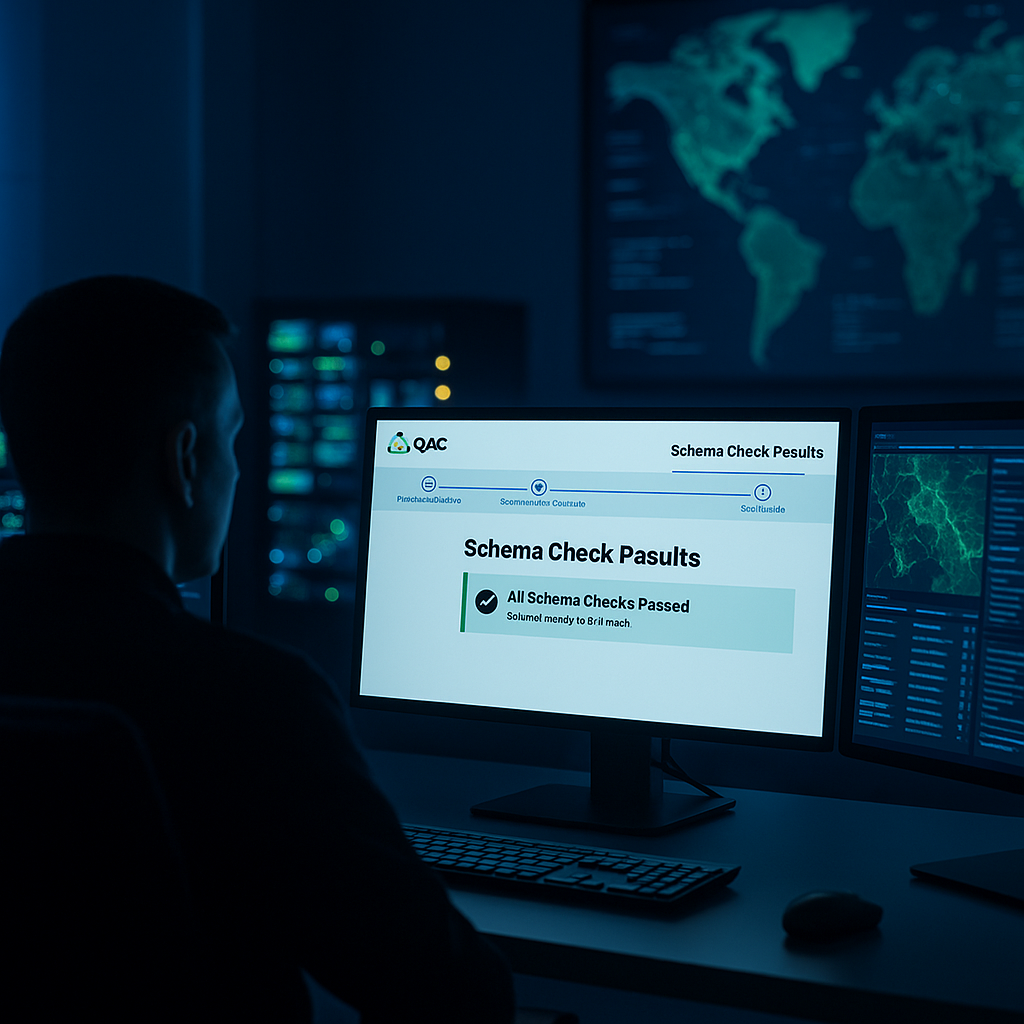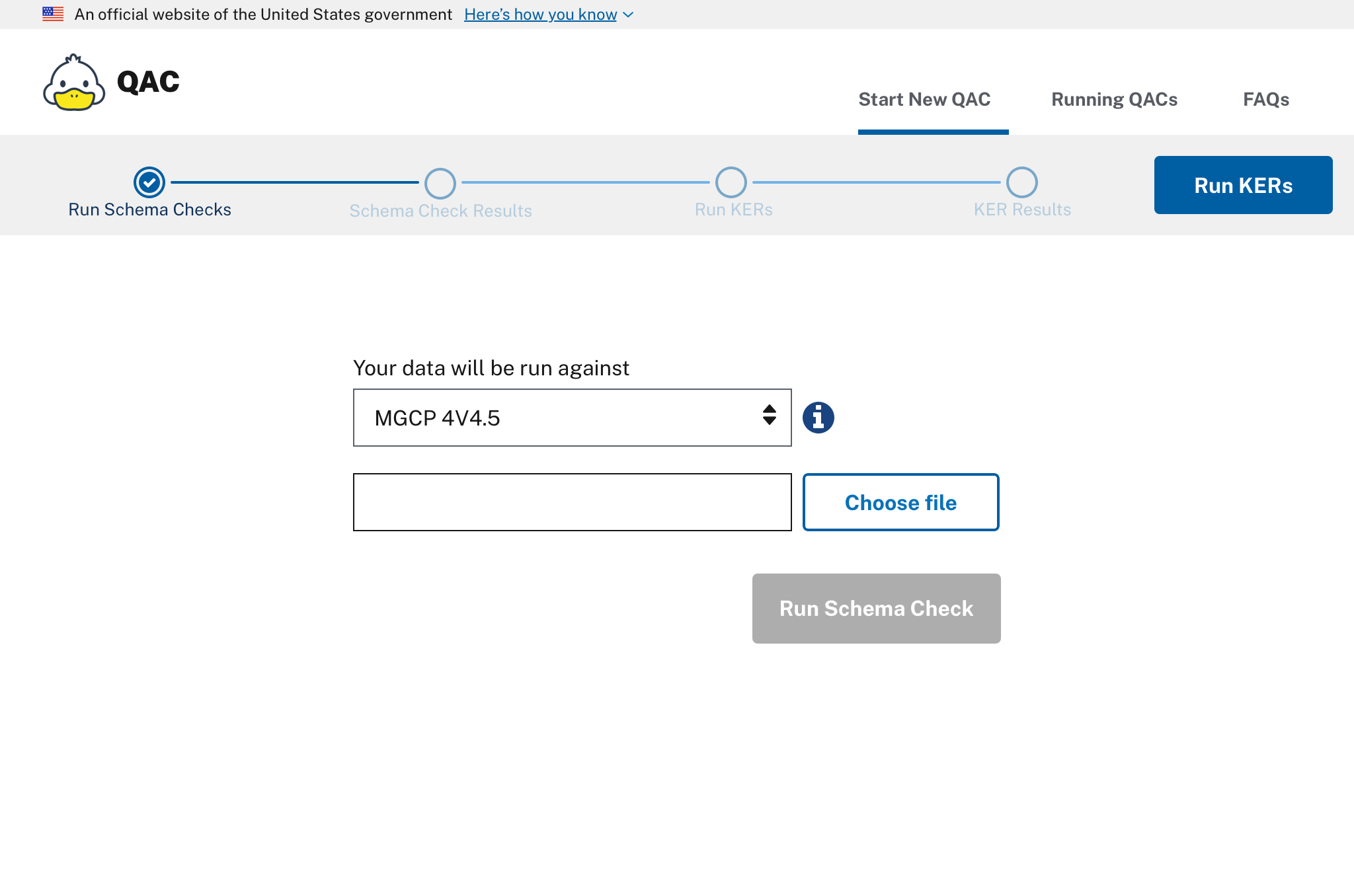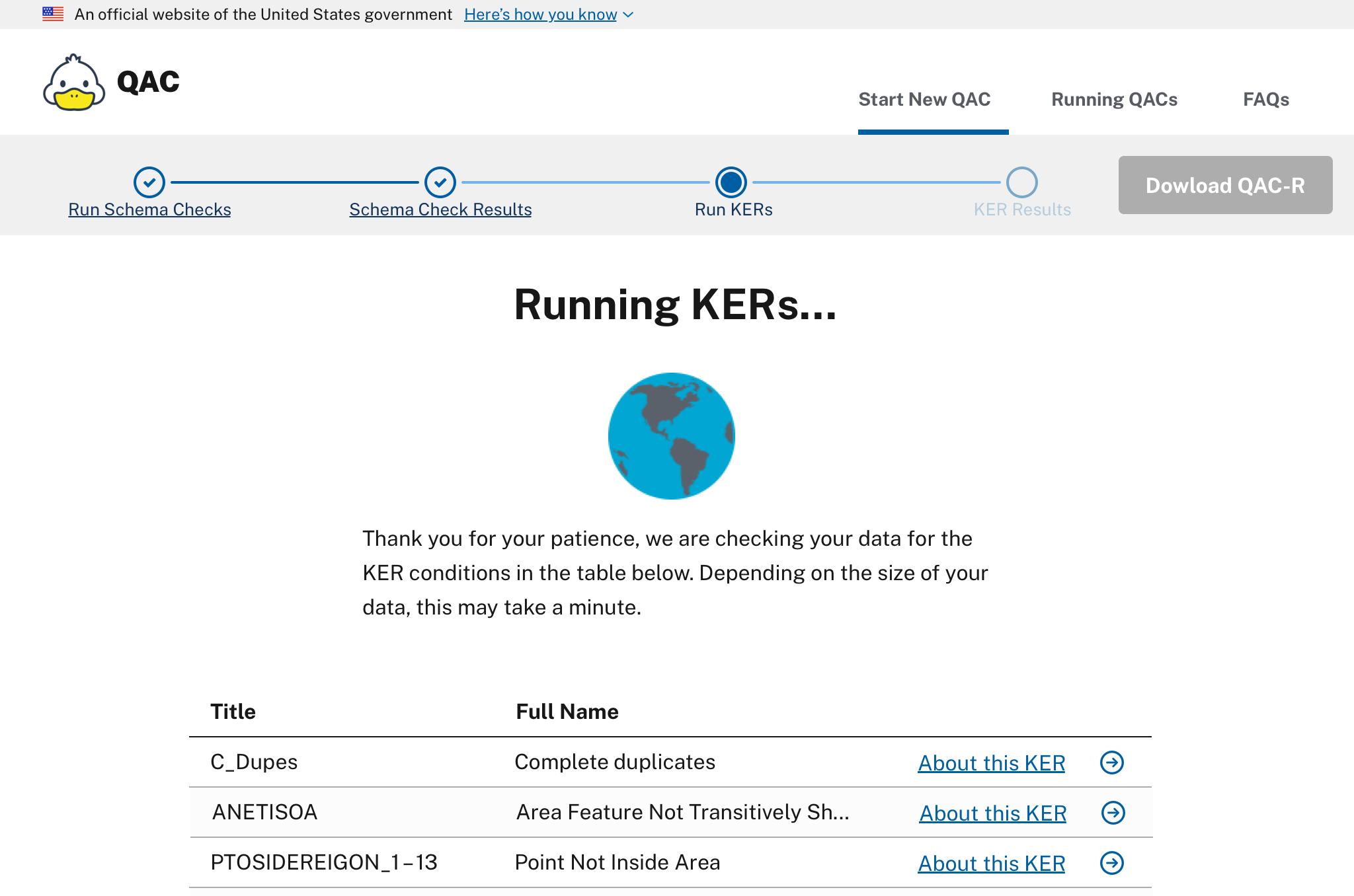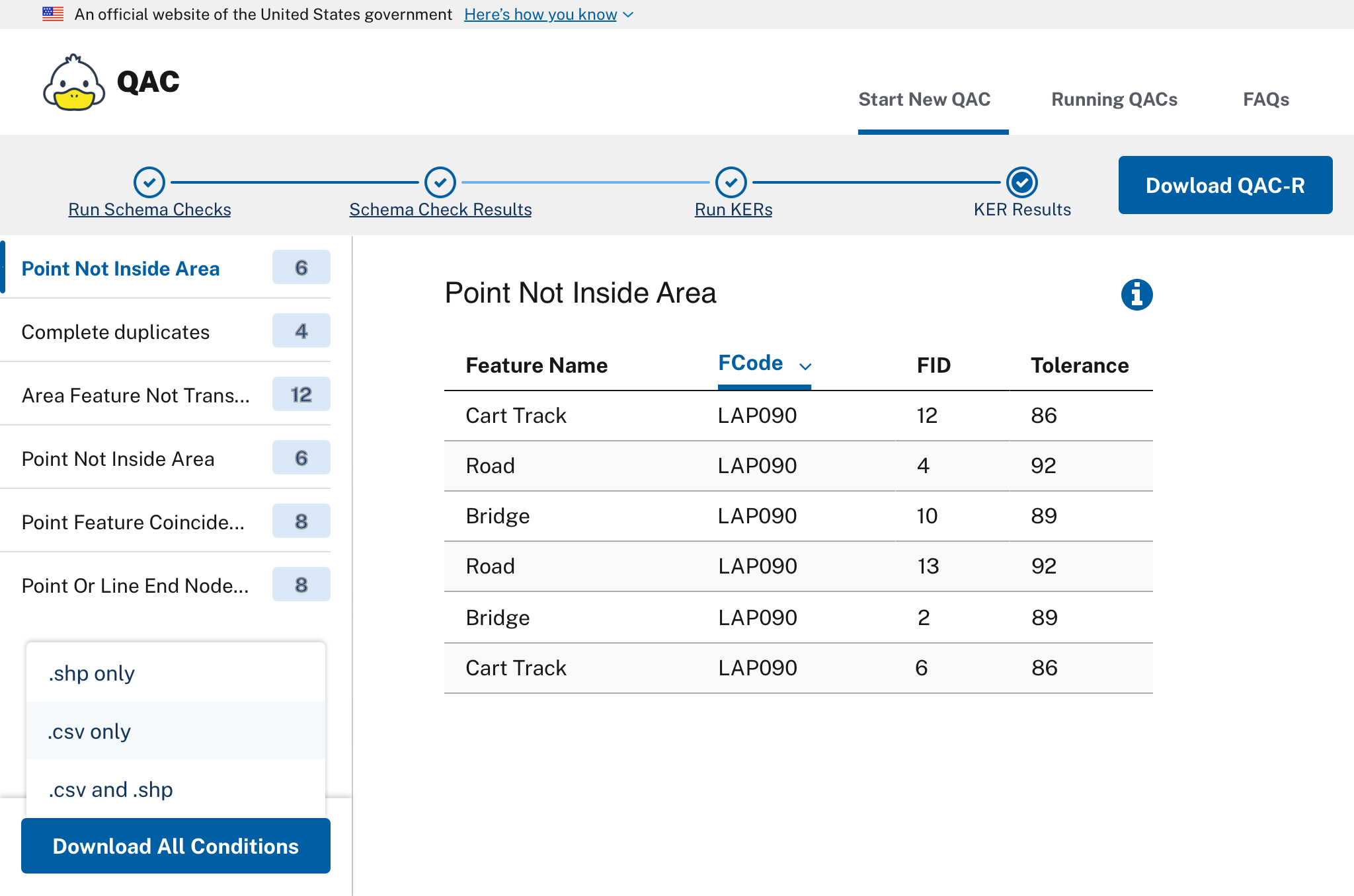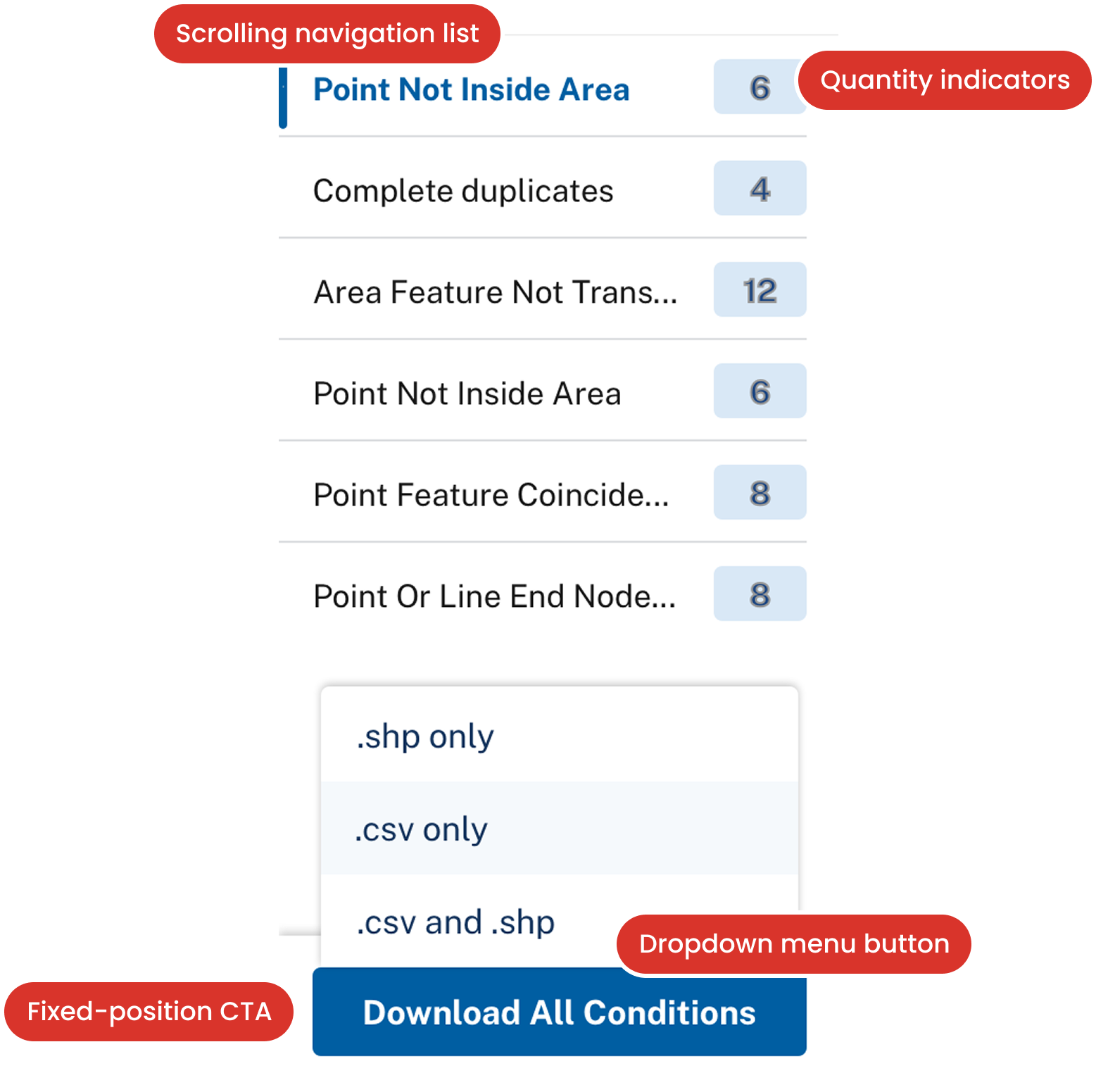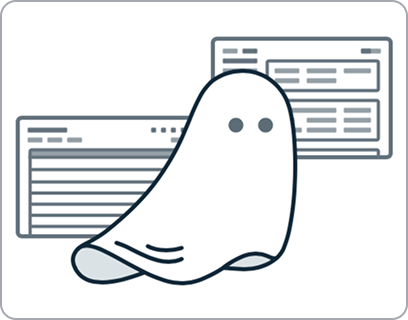
Efficiency is less about rewriting code and more about reshaping culture
Building QAC taught us—as a mixed civilian-military team—that modernising a mission-critical desktop tool is less about rewriting code and more about reshaping culture.
Talking to people matters. This wasn’t just a workspace starved of modern software; it was a top‑down squeeze where every end‑user answered to command, not a product owner. No PO saw cartographers as stakeholders. By spending time in the field and pairing directly with analysts, we demonstrated that civilian‑style user advocacy is a competitive advantage: measurable success stories earn recognition up the chain of command, and commanders start demanding the same velocity from other teams.
Design systems are leverage. Treating USWDS + Storybook like its own product paid dividends we didn’t foresee. USWDS lacked any direct funding in our budget, but because we used, it we were forced to extend it from Sketch to ReactJS + Storybook. USWDS has since officially embraced ReactJS + Storybook.
Politics matter. By framing the design system, automation scripts, and deployment pipeline as risk‑mitigation—not “nice‑to‑have” UX—we secured leadership buy‑in that protected scope when late requirements arrived. The project finished on schedule because every stakeholder could trace a dollar value to each design decision.
The result isn’t just a faster validator; it’s a template for how small, cross‑disciplinary teams can modernize crusty DoD software, win end‑user trust, and still pass the strictest security audits.


